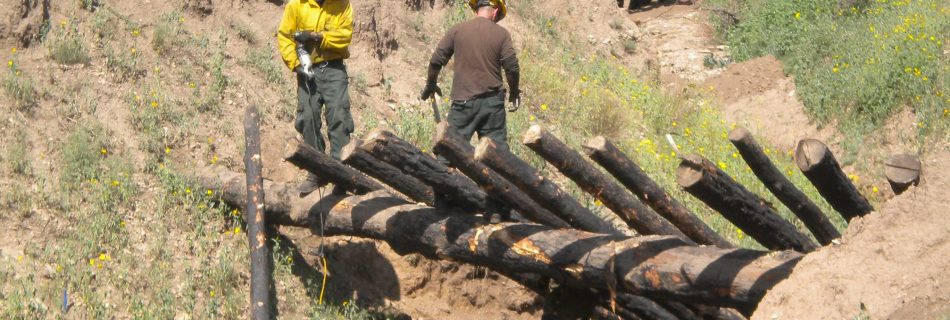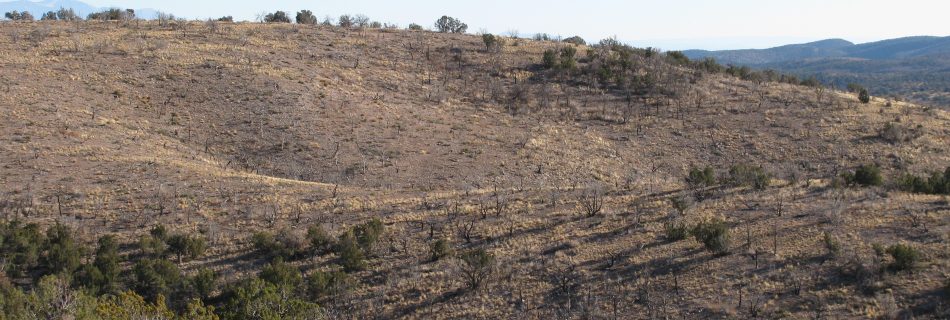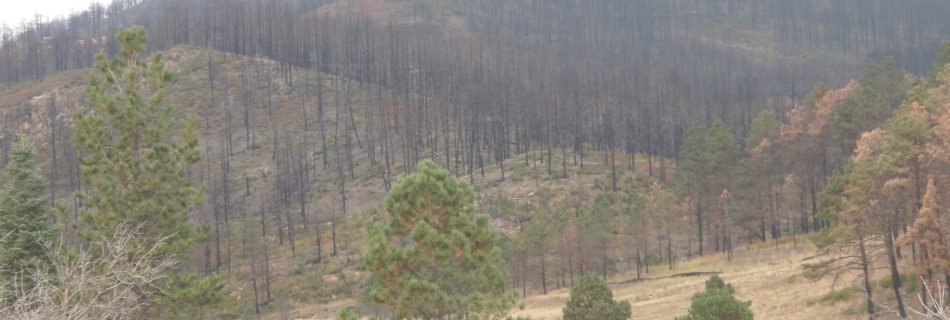August 21, 2013: Effects of fuel treatments on wildfire severity
Presenters: Charlotte Reemts, an Ecologist for the Nature Conservancy and Helen Poulos, Wesleyan University Charlotte and Helen teamed up to present this webinar that connected science and management of fire in the Davis Mountains of west Texas. Three wildfires burned through the pinyon-juniper-oak forests of the Davis Mountains in 2011 and 2012. Fuel treatments (prescribed fire, …
Read more “August 21, 2013: Effects of fuel treatments on wildfire severity”




